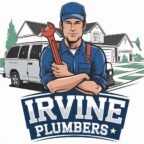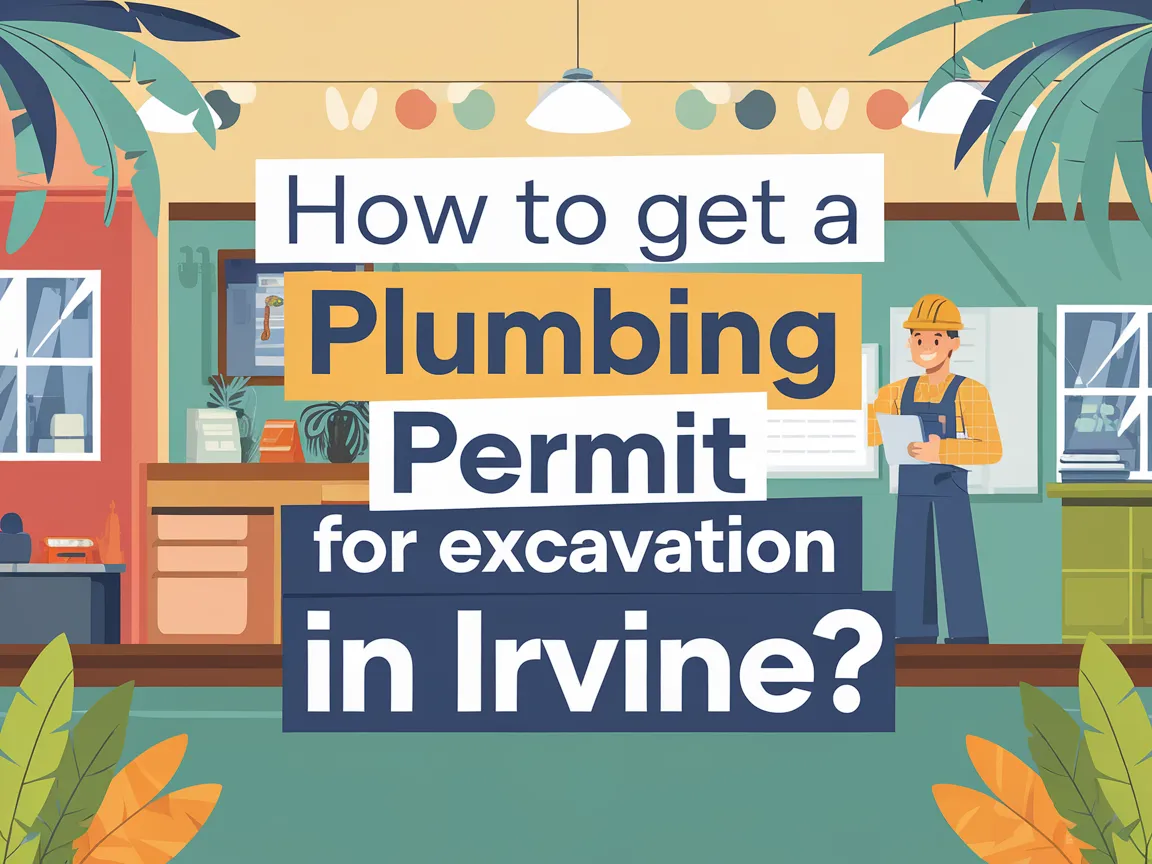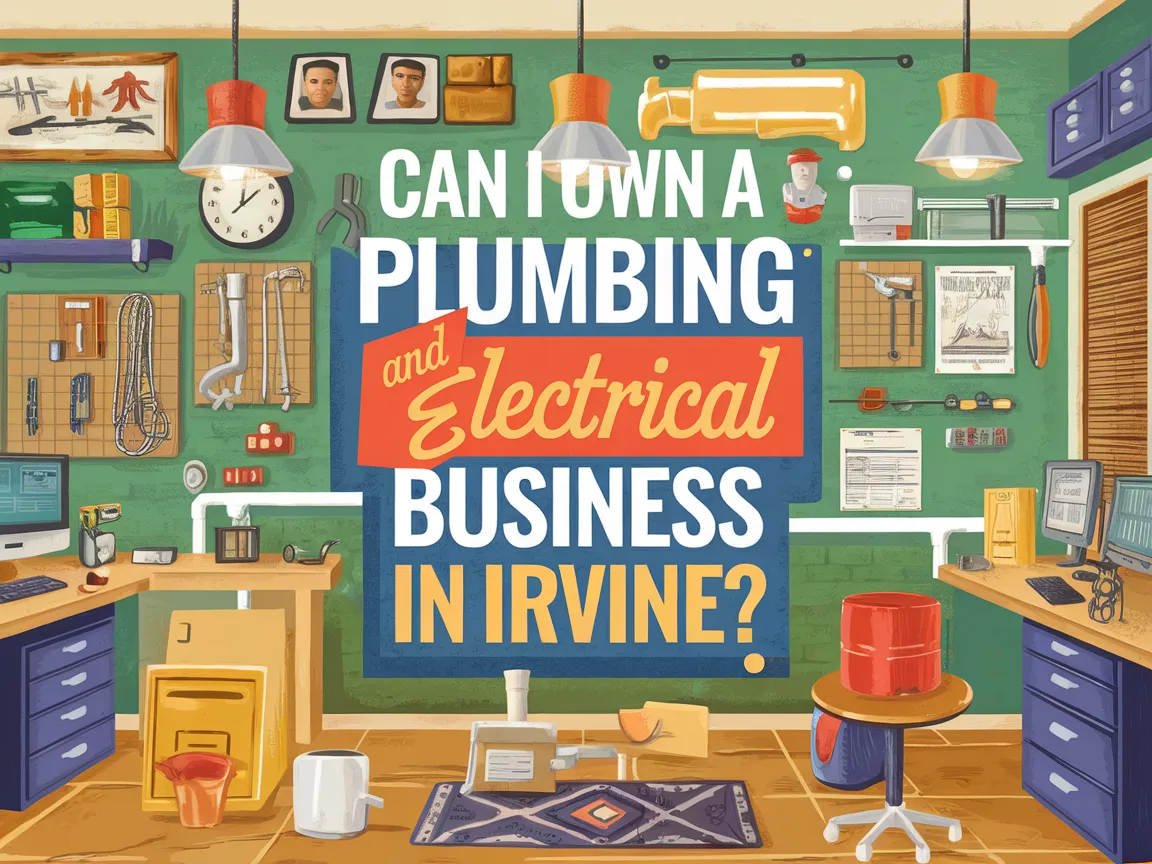What is Cross Connection in Plumbing?
Last Updated: February 27, 2025
Cross connection is when clean water and dirty water mix together in pipes. Imagine mixing your juice with mud—that’s what happens!
A common plumbing mystery I help solve is understanding what is cross connection in plumbing. Having dealt with it firsthand in homes around Irvine, I’m here to help you identify and tackle this issue.
In this guide on what is cross connection in plumbing, you’ll learn how to recognize them, prevent them, understand costs for backflow prevention, factors influencing risks, and when to call a professional plumber.
Table of Contents
- What is Cross Connection in Plumbing?
- What is a Cross Connection?
- Before You Start: Understanding Cross Connections
- How to Identify and Prevent Cross Connections
- Types of Cross Connections in Plumbing
- Understanding Backflow and Its Relation to Cross Connections
- Legal Regulations Surrounding Cross Connections
- How Much Do Backflow Prevention Services Cost?
- What Factors Affect Cross-connection Risks in Plumbing?
- When to Call a Professional Plumber for Cross Connection Issues
- Frequently Asked Questions About Cross Connections in Plumbing
- Final Thoughts on Cross Connections in Plumbing
- Useful References
What is Cross Connection in Plumbing?
Cross connection in plumbing refers to any point where non-potable water (Like Waste) mixes with drinkable water. This can create serious health risks by contaminating your drinking supply. Proper backflow prevention devices are crucial here. Always check for cross connections to keep your drinking water safe.
What is a Cross Connection?
A cross connection is a direct physical link between two different systems, usually a potable (Drinking) water supply and a source of contamination. These connections can pose serious threats because contaminants can flow back into clean water systems if there’s a drop in pressure—something that can happen due to a water main break or even during fire season. Statistics show that backflows, often caused by cross connections, can introduce harmful bacteria and pollutants into the water supply, leading to serious health risks.
This knowledge came in handy when I inspected a local restaurant for compliance with sanitation laws. Identifying what a cross connection is in plumbing is crucial for keeping the drinking water supply clean and free from hazardous materials. The PASF (Plumbing Aid Service Facility) guidelines dictate that all establishments should have proper backflow prevention mechanisms to mitigate these risks effectively. If you want to dive deeper into the technical aspects of water heater systems and their relationship to plumbing, water heater installation details matter.
Before You Start: Understanding Cross Connections
What do you need to prepare for understanding what a cross connection is in plumbing? Here’s a quick list to get you started.
- Pipe Wrench: You’ll want an adjustable pipe wrench, like the Ridgid 14” heavy-duty option. It helps you tighten and loosen fittings without damaging them.
- Backflow Prevention Device: Get a device like the Watts 009 backflow preventer. It’s essential for maintaining potable (Drinking) water quality by preventing contaminants from entering your home.
- Teflon Tape: You’ll need Teflon tape, such as the Oatey professional-grade tape, to seal threaded fittings effectively and avoid leaks.
- Safety Goggles: I’d personally recommend investing in a sturdy pair like the 3M Safety Goggles. They’ll protect your eyes from debris during installation.
We’ve wrapped up the basics of cross connections here. Let us turn our attention to identifying and preventing them.
Also See: Is It Illegal to Do Plumbing Without a License?
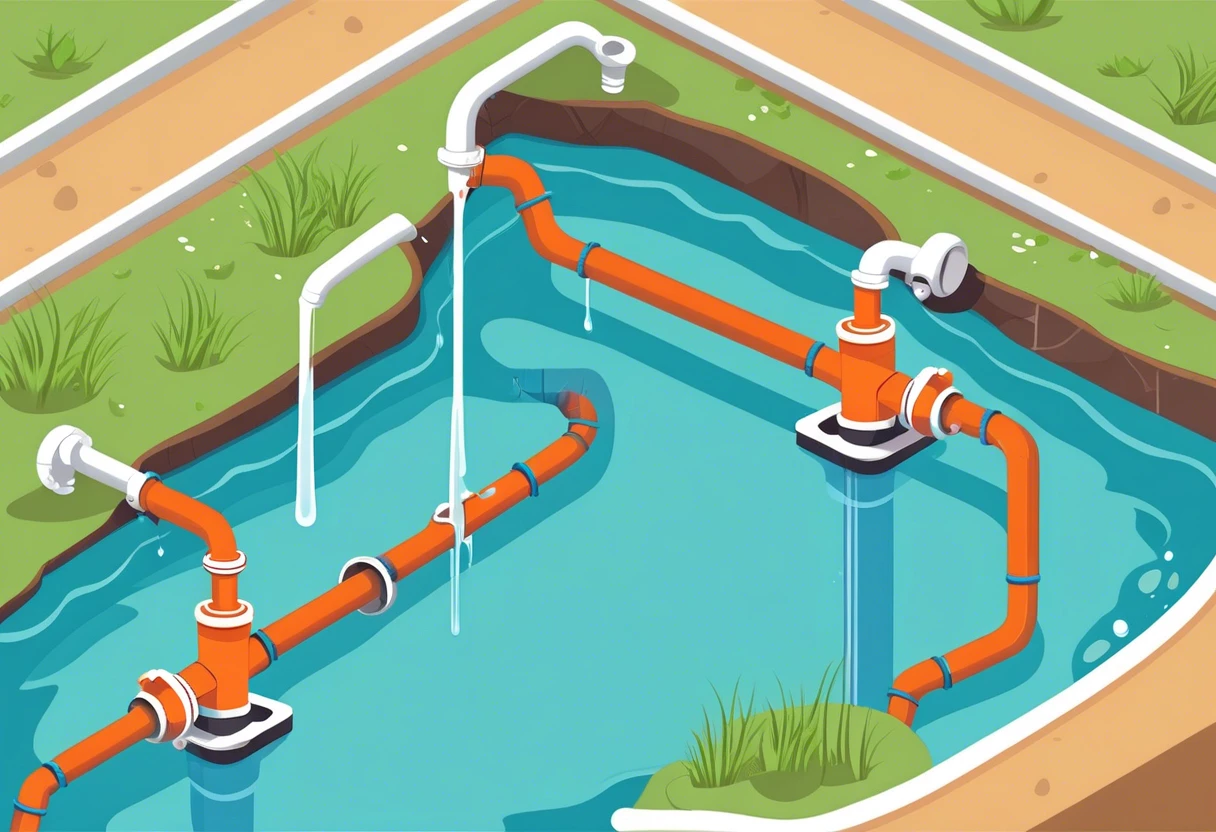
How to Identify and Prevent Cross Connections
Let’s talk about steps to address cross connections in plumbing—an essential task for any Irvine homeowner.
-
Conduct a Plumbing System Audit
Examine your plumbing layout for potential cross connections, like hoses submerged in buckets of water. Be especially vigilant in areas like gardens or basements, where appliances can unexpectedly expand plumbing systems. When dealing with complex plumbing configurations, you might need professional guidance on managing septic system treatments.
Check for improper plumbing practices. I’ve learned a thing or two over the years: each water source in your home should have separate lines to prevent contamination.
-
Install Proper Backflow Prevention Devices
Get low-pressure or high-pressure backflow prevention devices installed where needed. In single-family homes in the OC, the average cost ranges from $250 to $500 for installation. When you’re ready to ensure proper water system protection, professional plumbers can help you.
Make sure to place devices at all vulnerable points—it’s usually at hose bibs and irrigation systems. It might seem like a minor detail, but it can literally save you from major water quality issues. If you’re renting and unsure about your plumbing maintenance responsibilities, plumbing responsibilities can vary.
-
Regularly Test and Maintain Your System
Have your backflow prevention devices tested annually to ensure they’re functioning properly. Testing every year keeps you compliant with local water regulations here in Irvine—you really don’t want to overlook this step. When considering the specific plumbing pipes in Irvine homes, understanding the right materials can help maintain your overall system’s integrity.
Document tests, repairs, and replacements. Both you and your local water authority will appreciate being proactive with this info at your fingertips.
Pro Tip: Keep a log of your plumbing audits and device tests—it’s super valuable for maintenance and peace of mind!
We covered how to identify and prevent cross connections here. We will now cover the types of cross connections in plumbing.
Types of Cross Connections in Plumbing
Understanding the different types of cross connections can help you identify potential risks in your system.
- Actual Cross Connections: These occur when a direct link exists between potable and non-potable systems, like a hose submerged in a pool.
- Potential Cross Connections: These don’t have a direct link yet but could create one under certain conditions, like a garden sprayer that isn’t properly sealed.
- Type A Cross Connection: Non-potable water sources connect with potable ones, like an irrigation system tied into your home plumbing.
- Type B Cross Connection: This occurs when drinking water can siphon into nearby sources of contamination, such as a sprinkler flooding the water supply.
We have now covered different types of cross connections in plumbing. Next, we will explore backflow and its connection to cross connections.
Understanding Backflow and Its Relation to Cross Connections
Backflow is a critical concept that ties into cross connections. It refers to the unwanted reversal of flow of water, mixing potable and non-potable supplies.
- What Causes Backflow? Backflow can happen due to pressure changes in the water system. For instance, during heavy usage or pipe breaks, contaminants can be pulled into your clean supply.
- Types of Backflow:
- Backpressure Backflow: This occurs when the pressure in a non-potable system exceeds that of the potable system.
- Backsiphonage: This is caused by a drop in pressure that allows contaminants to be pulled into the clean water supply.
Impact of Backflow on Drinking Water Safety
Backflow can lead to serious hazards—my work around Irvine has shown me firsthand just how real these dangers can be! Here’s what you need to know:
| Potential Contaminants | Health Risks | Common Sources |
|---|---|---|
| Bacteria (E. Coli, Salmonella) | Foodborne illnesses, severe gastrointestinal upset | Sewage, garden hoses with fertilizer |
| Toxins (Chemicals, Pesticides) | Long-term health effects, poisoning | Runoff from gardens, chemical storage areas |
| Heavy Metals (Lead, Copper) | Neurological issues, developmental delays in children | Corroded pipes, industrial runoff |
So far we covered the relationship between backflow and cross connections. Let’s look at the legal regulations regarding cross connections next.
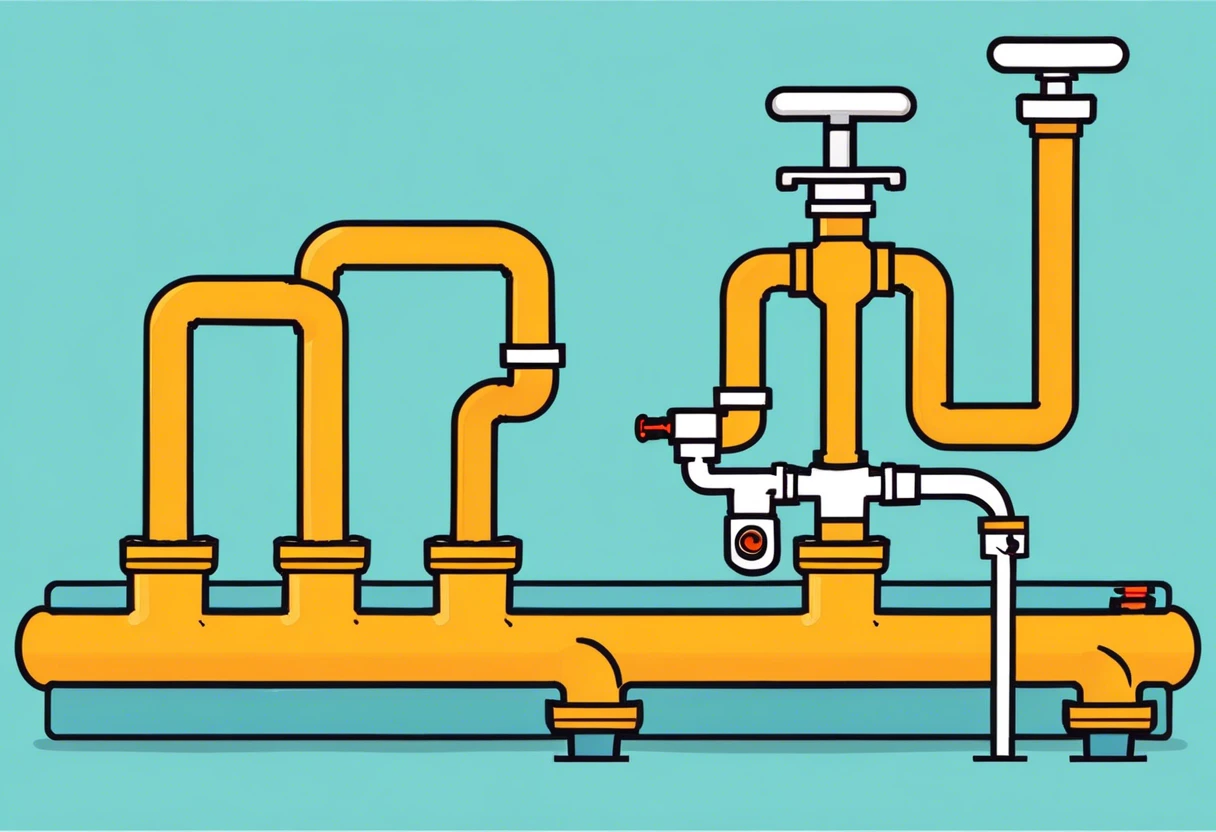
Legal Regulations Surrounding Cross Connections
Understanding the laws in California regarding cross connections is essential for homeowners and businesses alike.
- California Code of Regulations, Title 17: These regulations set forth requirements for backflow prevention to protect potable water supplies.
- Local Ordinances: Always check with your Irvine city codes, as they may have additional rules regarding cross connections and backflow prevention.
- Licensing and Compliance: Ensuring your plumbing systems are compliant can save you from hefty fines and health risks down the road.
How Much Do Backflow Prevention Services Cost?
You might be wondering how much backflow prevention services really cost. Prices typically range from $150 to $800, depending on your property’s size and where you live in Irvine, CA. It’s smart to budget around $300 to $500 for this, as unanticipated expenses like repairs or multiple inspections can pop up, especially if the backflow device isn’t up to the latest building codes—something I’ve seen all too often in the OC. If you’re curious about the longevity of your plumbing system, check out PVC plumbing lifespan details.
Cost Breakdown
| Service Type | Low Estimate ($) | High Estimate ($) |
|---|---|---|
| Initial Inspection | 150 | 300 |
| Device Installation | 300 | 600 |
| Repair Services | 50 | 200 |
| Annual Testing | 50 | 120 |
What Factors Affect Cross-connection Risks in Plumbing?
So, what factors increase the risks of cross-connections in your plumbing system?
-
Pipe Material: Materials like PVC can become brittle over time, which increases the number of cross-connection points.
-
Pressure Fluctuations: Sudden drops in water pressure can allow contaminants to enter your drinking water.
-
Backflow Prevention Devices: Outdated or faulty devices may fail to protect against unwanted backflow scenarios.
-
Improperly Installed Fixtures: Fixtures that violate plumbing codes can unintentionally create cross-connections.
When to Call a Professional Plumber for Cross Connection Issues
If you’re thinking, “What the heck is cross-connection in plumbing?” you’re not alone! It can be tricky stuff. You should reach out to an expert when you notice weird water issues, like discoloration, unexpected backflows, or even strange smells coming from your faucets. Trust me, those are serious signs!
When looking for a pro, it’s essential to find someone who knows the local landscape—like plumbers experienced with Irvine’s plumbing systems. Check online reviews, ask for referrals from neighbors, and ensure they have a valid state license. If you’re wondering about specific plumbing responsibilities in your community, you might want to explore HOA plumbing coverage details.
From personal experience, I can tell you that if the plumber doesn’t listen to your specific concerns, it’s time to find someone else. Also, watch out for high-pressure sales tactics or surprise fees—they can really mess with your budget! If you’re serious about becoming a professional plumber, you might want to explore the plumbing basics and DIY techniques.
Frequently Asked Questions About Cross Connections in Plumbing
What Are the Common Sources Of Cross Connections?
Common sources of cross connections in plumbing include hoses connected to garden faucets and improper plumbing installations. These connections become problems when they allow contaminants from outside sources to enter your potable water supply, risking health and safety.
How Can I Tell if I Have a Cross Connection?
You can tell if you have a cross connection by inspecting plumbing fixtures near potential contamination sources like chemical containers or irrigation systems. Check for overlapping piping and connections which could backflow water from untrusted sources into your drinking water supply. If you encounter persistent plumbing issues that might indicate a serious cross connection problem, you might want to consult professional plumbing experts who can diagnose and resolve complex water system challenges.
Are Cross Connections Dangerous?
Yes, cross connections can be dangerous as they allow contaminated water to mix with your clean water supply. Contaminated water may carry harmful bacteria and chemicals, posing serious health risks if ingested, as highlighted by CDC reports over the past few years during fire season, here in Irvine. Plumbing systems have evolved significantly since the vintage plumbing techniques of 1970 to minimize these risks.
How Often Should I Inspect My Plumbing System for Cross Connections?
You should inspect your plumbing system for cross connections at least once a year. Regular inspections—like checking those personal sprinkler systems or backyard wells—ensure your drinking water stays clean and compliant with local Irvine water safety codes and regulations. If you’re a plumbing business owner considering future transitions, selling your plumbing business strategically requires careful planning and professional guidance.
What Should I Do if I Discover a Cross Connection?
If you discover a cross connection, you should remove or secure it immediately. Contact a licensed plumber in Irvine for professional help to ensure your residential plumbing complies with health and safety standards in our local area. When facing complex plumbing challenges, homeowners might wonder about their options for replacing home plumbing systems.
What Are Some Examples Of a Cross Connection?
Examples of a cross connection include hose connections to taps without backflow prevention or an irrigation system sharing a pipe with the household plumbing. Both scenarios can lead to sewage entering your drinking water supply and should be addressed promptly.
What Happens When a Cross Connection Occurs?
When a cross connection occurs, polluted water can flow back into your clean water system, potentially introducing harmful substances. This backflow mainly occurs when there’s a sudden drop in water pressure, like during firefighting efforts—risking the spread of bacteria and toxins through the pipes.
Final Thoughts on Cross Connections in Plumbing
We covered a lot about cross connections in plumbing, including what they are, how to identify and prevent them, the cost of backflow prevention services, factors affecting cross-connection risks, special considerations for commercial properties, and when to call a professional plumber for assistance.
In essence, a cross connection in plumbing refers to any point where clean water can mix with contaminated sources, posing risks to your health. Should you need further assistance or expert help, feel free to reach out.
For additional insights and comprehensive guides, visit Irvine Plumbers.
Useful References
- City of Irvine Plumbing Permits and Codes – https://www.cityofirvine.org
- Cross Connections in Household Plumbing
- What is a Cross Connection
- Terry Love Plumbing Advice & Remodel DIY & Professional Forum
